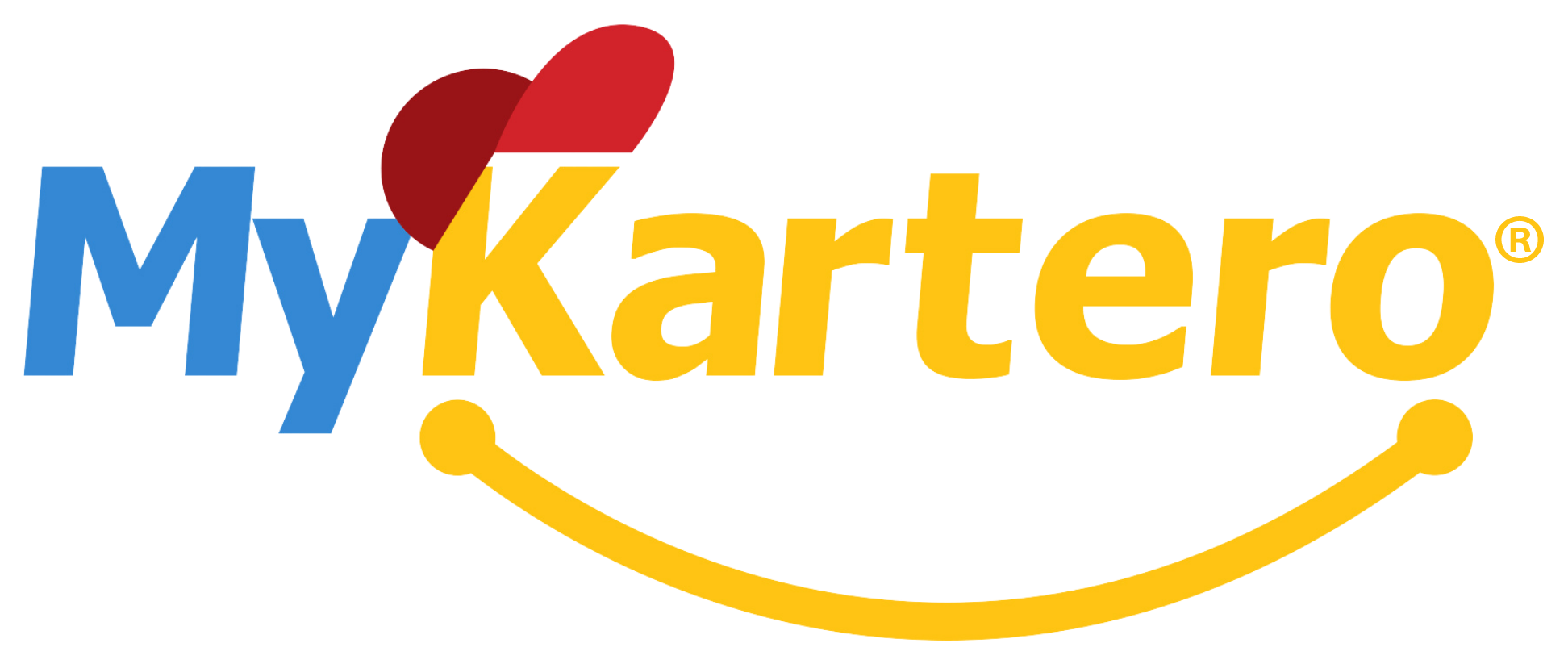
eCommerce Shipping Best Practices That Will Help You Beat Your Competitors
Ecommerce shipping is such an important part of your business model. Beyond its obvious role in customer satisfaction and loyalty—if you do fulfillment well, at least—it is an aspect that you can also use as a good advantage over your competitors.
In this article, we will talk about eCommerce shipping best practices and how you can use them to have an edge over your market competitors.

Check Your Competitors
Of course, the first tip in the list of eCommerce shipping best practices is to make a competitor analysis of the other players in the market. Is everyone doing free shipping in exchange for bulk orders or do you think you can make a better case if you just offer lower delivery fees? How fast do other businesses promise their fulfillment? Do they provide returns? Doing so will help make you better decide on your offers by simply coming up with an improved version of what your competitors are already doing.
Options, Options, Options
Basic shopping psychology says that people love options. This is something that definitely applies to your shipping choices and not just to the products that you offer. For example, some will be willing to pay extra just to get their items faster while others won’t mind waiting a little bit longer as long as they get their goods at a lower (or free) delivery fee. Having different alternatives gives off the impression that you care about shopper preferences and will help you make more sales.

Offer Free Returns
Or at least have a really good product return policy. According to industry research, 34 percent of consumers say that they are willing to buy something if they are sure that they can return the product at no cost. However, since returns can be considered a significant cost center, most businesses are not willing to dip their toes on this strategy.
If you’re not willing to commit to something like this, another alternative you can try is to create a return policy that still gives flexibility to your shoppers but on your own terms. For example, you can just provide a specific time range that people can return your items to you.

Provide Good Customer Service
One thing that many businesses fail to realize is how closely tied customer service is to eCommerce shipping. Say you do have a really good return and exchange policy but your buyers don’t really know how to contact you. Things will still not work out in your favor in the end. A good support service goes hand in hand with fulfillment if you really want your shipping strategy to work.

This is one of those eCommerce shipping best practices that many entrepreneurs miss out on. A lot of businesses only stick to one logistics and fulfillment party, but you can actually save a lot and improve the flexibility of your operations if you have a variety of shipping carriers working with you.
Say for example you have a variety of products you are selling that require different kinds of packaging. You can use a different carrier for different collections if your primary one does not offer what you need. Of course, another advantage is that you can easily experiment with is which carrier provides the best experience relative to their cost. At the end of the day, your buyer doesn’t really need to know who is delivering for them, they just need to be guaranteed that they will actually receive their product.
This doesn’t mean, however, that you can be lax when it comes to choosing the best eCommerce shipping provider for your business. Regardless of how many carriers you have in rotation, you still have to be discerning on which party you partner with.
Here at MyKartero, we promise to provide flexible rates without sacrificing the length of time of delivery. Need extra time on your side? We even offer pickup of your goods to make your life easier. We also have an easy-to-use tracking system that is optimized for eCommerce businesses big and small. Want to try our services? You can have your first booking with us via this link.





